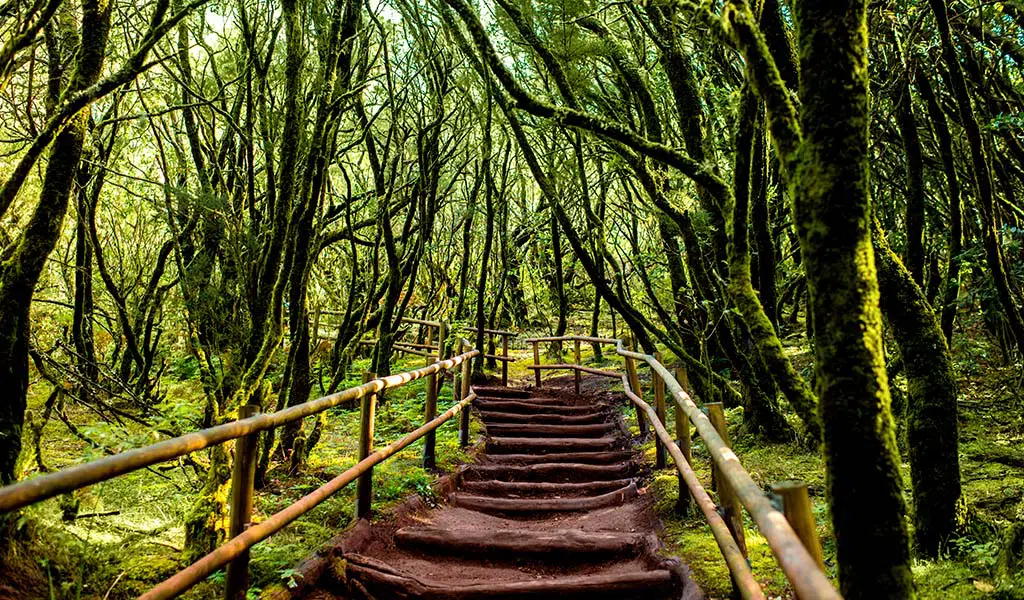While some political and scientific circles continue to deny climate change, a plethora of studies reaffirm what the global scientific community and the UN have long considered the paramount threat to the planet, aside from human-induced challenges like wars, inequality-induced hunger, or racism.
One such investigation, focusing on the geological aspects, is underway in the Canary Islands’ four national parks. Although the study is not due to conclude for another two years, the interdisciplinary team, working since 2021, is certain about the undeniable impact of climate change on these protected areas, crucial to the Canarian identity. Titled “Impacts, vulnerability and resilience of geodiversity and geological heritage in the face of climate change in the Canary Islands’ national parks,” the study has already identified irreversible changes and losses, highlighting the gravity of the situation despite the denialism of some who dismiss the evidence as mere ideology.

Dr. Esther Martín-González of the Museum of Nature and Archaeology of Tenerife leads the study, funded by the Autonomous Body of National Parks with a €70,000 grant. With 18 researchers from various institutions, the study emphasizes that geological losses are irreversible, exacerbated by drought, desertification, high temperatures, storms, sea-level rise, erosion, and human activity.
The project builds on a previous inventory of Places of Geological Interest (LIG), many within these parks. Noticing climate-induced modifications, the team decided to delve deeper, identifying at-risk sites for better management and reduced degradation. This comprehensive study covers multiple parks, a rarity, but deemed necessary for the Canary Islands. They’ve made site visits, noted changes, and installed monitoring instruments, aligning with the World Committee on Climate Change’s criteria indicating significant future impacts.

Particularly, Timanfaya’s coastal path is already affected by increasing wave activity, necessitating a repositioning of the public walkway due to erosion. Similarly, Garajonay’s laurisilva reserves suffer from prolonged droughts affecting aquifers, with scientific devices confirming the severe impact. Teide’s periglacial formations, once common, are now dwindling, and human activity further compacts the terrain, hindering water infiltration. Caldera de Taburiente in La Palma faces intense erosion due to sporadic, intense rainfalls, damaging the substrates and geological features.
In response, the team is collecting samples for museum and visitor center displays, acknowledging the inability to physically protect these sites. Over the years, their concern has grown; they foresee a grim future, advocating for mitigation and preservation efforts for future generations.
National Parks: Tourism and Climate Change
Despite the boon of a perpetual summer for tourism, Martín-González warns of the adverse effects on the islands’ natural character. She criticizes the continued denial of climate change by some politicians and scientists, urging them to witness the ground realities themselves. She highlights the unsustainable nature of mass tourism and the biased attitudes towards immigrants, stressing the broader losses society will face if these issues remain unaddressed.






